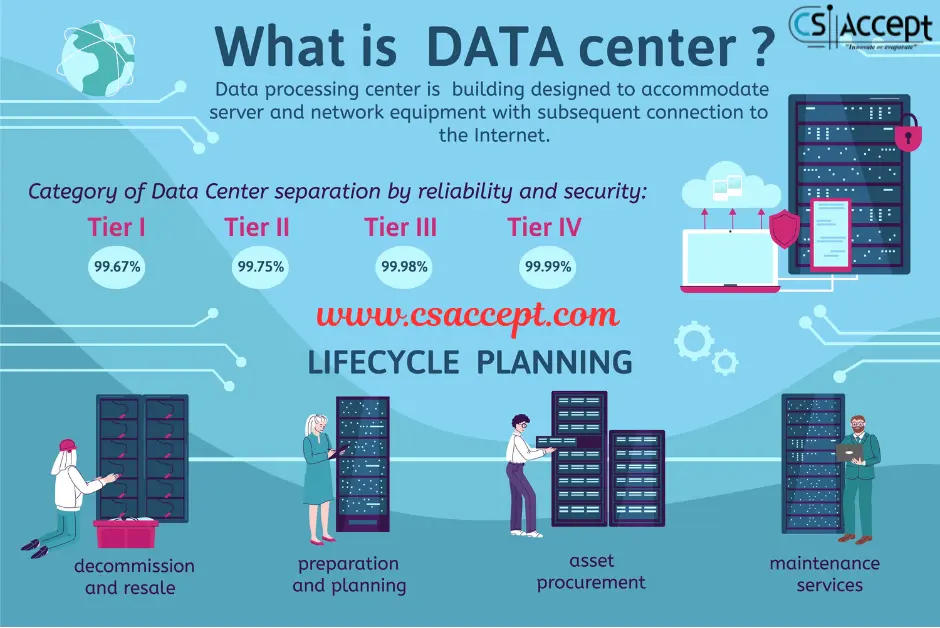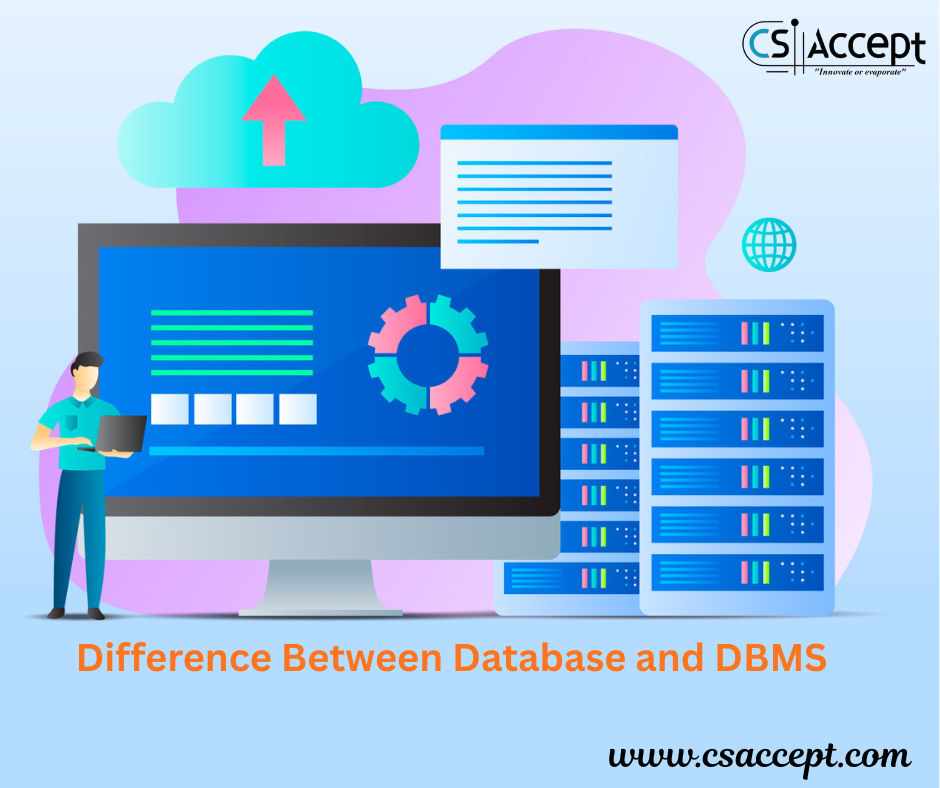
Computer networks are classified based on their size, range, and purpose. The major types of computer networks are:
- Personal Area Network (PAN)
- Local Area Network (LAN)
- Metropolitan Area Network (MAN)
- Wide Area Network (WAN)
- Wireless Networks (WLAN, WWAN)
- Campus Area Network (CAN)
- Virtual Private Network (VPN)
- Storage Area Network (SAN)
1. Personal Area Network (PAN)
✅ Definition:
A PAN is the smallest network used for communication between devices close to a person, typically within 10 meters.
✅ Examples:
- Connecting a smartphone with a Bluetooth headset
- File sharing between two mobile phones via Wi-Fi Direct
✅ Characteristics:
- Short range (few meters)
- Low cost
- Easy to set up
- Mostly wireless
✅ Technologies Used:
- Bluetooth
- Infrared
- USB
✅ Advantages:
- Simple and convenient
- No complex setup required
✅ Disadvantages:
- Limited range
- Low data transfer rate
2. Local Area Network (LAN)
✅ Definition:
A LAN is a network that connects computers within a small geographical area like an office, building, or campus.
✅ Examples:
- Office network connecting employees’ computers
- School computer lab
✅ Characteristics:
- Covers area up to a few kilometers
- High data transfer rate (100 Mbps to 1 Gbps)
- Typically owned and managed by one organization
✅ Technologies Used:
- Ethernet
- Wi-Fi (for Wireless LAN)
✅ Advantages:
- High speed
- Secure and easy to maintain
- Cost-effective for small areas
✅ Disadvantages:
- Limited range
- Network failure can affect all systems
3. Metropolitan Area Network (MAN)
✅ Definition:
A MAN covers a larger area than LAN, such as a city or town.
✅ Examples:
- City-wide Wi-Fi
- Network of government offices in a city
✅ Characteristics:
- Covers up to 50 kilometers
- Connects multiple LANs
- Managed by government or large organizations
✅ Technologies Used:
- Fiber optics
- Wireless technologies (WiMAX)
✅ Advantages:
- High-speed connectivity across cities
- Useful for organizational communication
✅ Disadvantages:
- More expensive than LAN
- Complex setup and maintenance
4. Wide Area Network (WAN)
✅ Definition:
A WAN covers a very large geographical area, such as countries or continents.
✅ Examples:
- The Internet (largest WAN)
- Bank networks connecting ATMs nationwide
✅ Characteristics:
- Unlimited range
- Connects multiple LANs and MANs
- Uses public or leased communication lines
✅ Technologies Used:
- Satellite
- Optical fiber
- MPLS, Leased lines
✅ Advantages:
- Global connectivity
- Centralized data and communication
✅ Disadvantages:
- High setup and maintenance cost
- Prone to security risks
5. Wireless Networks
✅ Wireless LAN (WLAN):
Similar to LAN but uses radio signals for communication.
Example: Home Wi-Fi network.
✅ Wireless WAN (WWAN):
Covers larger areas wirelessly using mobile networks like 4G/5G.
Example: Mobile internet connectivity
✅ Advantages:
- Mobility and convenience
- Easy installation (no wires)
✅ Disadvantages:
- Less secure than wired networks
- Signal interference possible
6. Campus Area Network (CAN)
✅ Definition:
A CAN connects multiple LANs within a university, campus, or business park.
✅ Example:
- College campus network linking labs, libraries, and admin offices
✅ Characteristics:
- Covers a few kilometers
- Private ownership
✅ Advantages:
- High speed and reliability
- Centralized administration
✅ Disadvantages:
- Limited to specific geographic areas
7. Virtual Private Network (VPN)
✅ Definition:
A VPN allows secure communication over a public network like the Internet.
✅ Example:
- Remote employees accessing company servers securely
✅ Characteristics:
- Encrypts data
- Masks IP addresses
✅ Advantages:
- Enhances security and privacy
- Enables remote work
✅ Disadvantages:
- May reduce speed
- Requires configuration and maintenance
8. Storage Area Network (SAN)
✅ Definition:
A SAN is a dedicated network for data storage and retrieval.
✅ Example:
- Data centers using SAN to manage large databases
✅ Characteristics:
- High-speed data transfer
- Centralized storage management
✅ Advantages:
- Fast and efficient storage access
- High scalability
✅ Disadvantages:
- Expensive and complex
- Requires skilled management
📊 Comparison Table
| Network Type | Range | Speed | Usage Area | Example |
|---|---|---|---|---|
| PAN | < 10 meters | Low | Personal | Bluetooth connection |
| LAN | Up to 1 km | High | Office/School | Office network |
| MAN | Up to 50 km | Moderate | City-wide | Government city network |
| WAN | Unlimited | Moderate | Country/Globe | The Internet |
| WLAN/WWAN | Varies | Moderate | Homes/Public | Wi-Fi, 4G/5G |
| CAN | Campus-sized | High | University | Campus-wide network |
| VPN | Virtual | Varies | Remote Access | Secure remote work |
| SAN | Internal | Very High | Data Centers | Storage network for servers |







